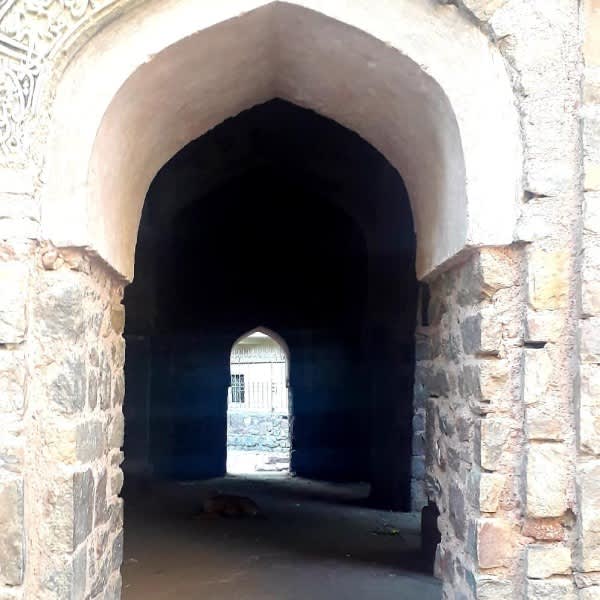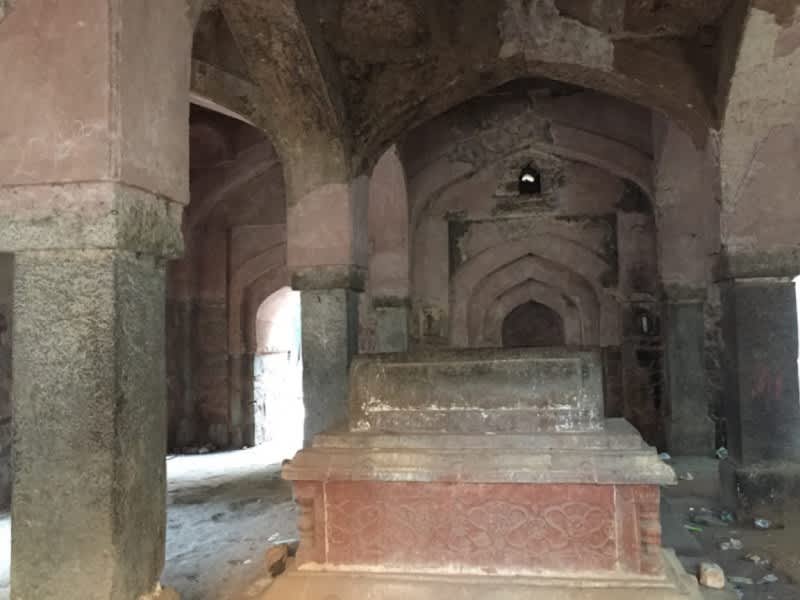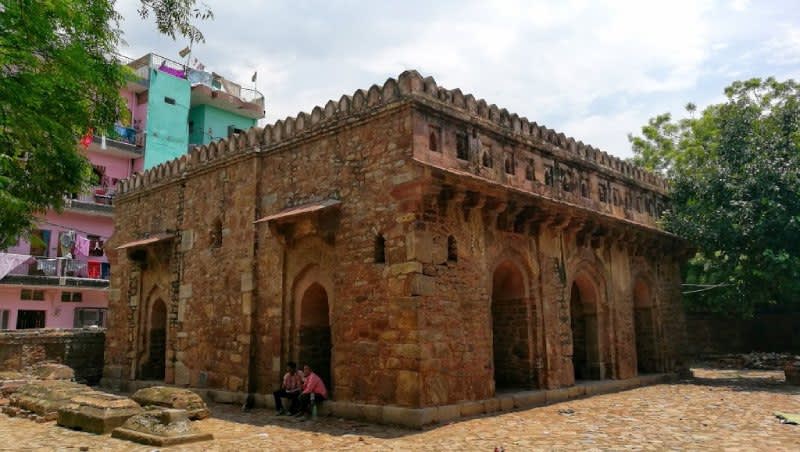 Delhi
DelhiDiscover Bahlol Lodi’s Hidden Tomb In Chirag Delhi! A Forgotten Monument Amidst Bustling Streets
Of all the monuments that lie mute deep inside the wiry lanes of the bustling metropolis of Delhi, Bahlol Lodi's is perhaps one of the most mysterious; for one, you cannot spot the monument unless you’re right in front of its walls, and, second, the level of encroachment that surrounds the tomb is amazing, despite it being Bahlol Lodi's claim to fame as the founder of the Lodi Dynasty in the history of the Delhi Sultanate.
Claim To Fame

Picture Credits: indiawalla
Belonging to the Lodi Pashtun tribe hailing from the Multan region (modern day Pakistan), Bahlol Lodi started out as a horse trader and rose to the post of governor of the Sirhind region before making two unsuccessful attempts to conquer Delhi. Third time lucky, he finally captured the throne in 1448 AD, and began his four decade long rule.
Despite all the cunning and wit Bahlol used to ascend to power, he was considered a humble soul, much influenced by Sufism, preferring to sit on the floor rather than the throne. He squashed many rebellions and consolidated the empire to quite an extent after Timur's carnage in the latter part of the 14th century, extending his rule over Gwalior, parts of Uttar Pradesh (UP) and the erstwhile princely state of Jaunpur, which took constant subduing.
Inside The Premises

Picture Credits: Kay Aar
The monument is located in the alleys of modern day Chirag Delhi, behind the shrine of Hazrat Nasiruddin Mahmud, a disciple of saint Hazrat Nizamuddin Chishti, commonly referred to as Chirag-e-Dilli, where the king wished to be buried. The octagonal motif that juts out between the cramped three-storey buildings is typical of Lodi architecture, though the five domes are unusual, considering the architecture of that period.
About a dozen graves are scattered out in the open and Bahlol Lodi's grave is located next to two other graves inside the enclosure. It’s a simple octagonal structure with three arched openings on all sides, perceivably reflecting the king's humble demeanour, bearing inscriptions from the Quran. Hindu carving styles in red sandstone are also visible, reminiscent of the fusion processes of Indo-Islamic architecture that would reach its crescendo with the Mughals.
Uninvited Residents

Picture Credits: Rippy Bedi
There are some families that live right by the tomb and may be a bit unwelcoming to strangers at first (do consider that arrogance is a poor man's only defence) and their pet dogs might make one jumpy, but a polite request will easily sort things out. Get clear directions while starting out from the dargah (mosque) as people don't generally know the monument by its name and the alleys can be confusing at times.
Considering so many heritage sites exist in Delhi, one is often tempted to overlook these tough-to-locate monuments, but they’re worth a visit simply for the poignant reminders they throw at you of how history more often than not is the great leveller!
Where | Bahlol Lodi’s Tomb -A, 221, Chirag Dilli
Like
Bookmark
Share

